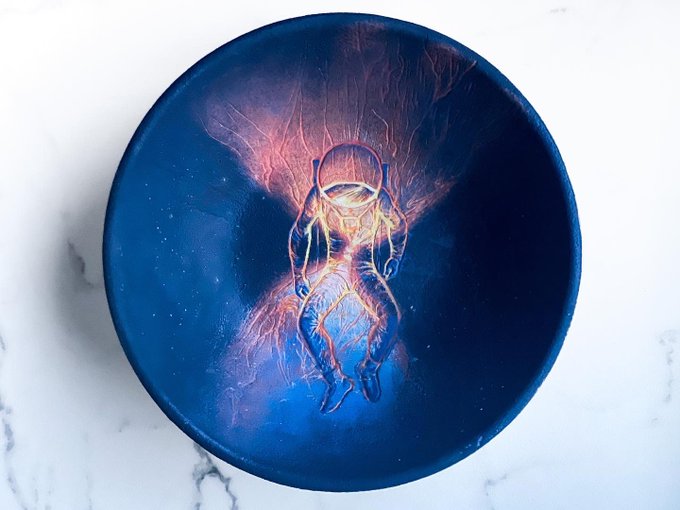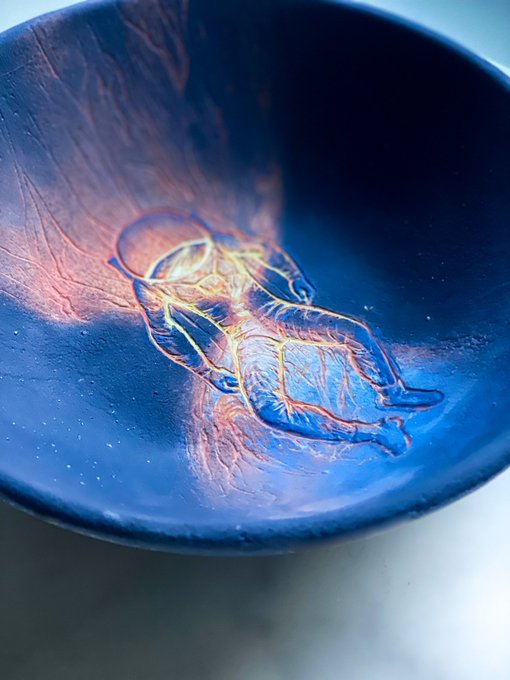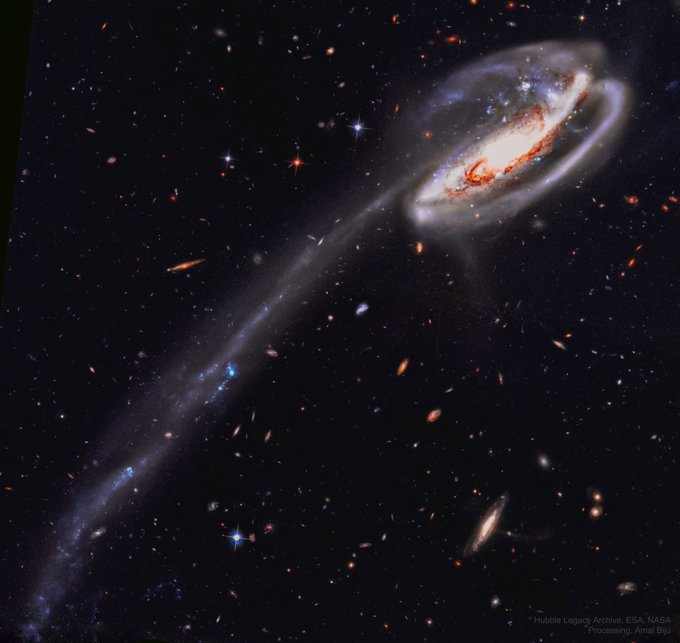NASA,のTwitterイラスト検索結果。 231 件中 2ページ目
The Galactic Center in Infrared Light (Spitzer)
IMAGE: NASA, Caltech, Susan Stolovy (SSC, Caltech)
https://t.co/9uFuYXfsZ3
#Astrophotography #astronomy #space #NASA
今年最後のツイートです。編集部が独断で選んだジェイムズ・ウェッブ宇宙望遠鏡の10点の画像。
1枚目:銀河団SMACS 0723 Credit: NASA, ESA, CSA, STScI
2枚目:車輪銀河 Credit: NASA, ESA, CSA, STScI
3枚目:木星 Credit: NASA, ESA, Jupiter ERS Team; image processing by Judy Schmidt
Orion Nebula: The Hubble View
Image Credit: NASA, ESA, Hubble Legacy Archive; Processing: Francisco Javier Pobes Serrano
Also known as M42, the nebula's glowing gas surrounds hot young stars at the edge of an immense interstellar
The Magnetic Fields of Spiral Galaxy M77
Image Credit: NASA, SOFIA, HAWC+; JPL-Caltech, Roma Tre. U.; ESA, Hubble, NuSTAR, SDSS
Can magnetic fields help tell us how spiral galaxies form and evolve? To find out, the HAWC+ instrument on NASA's airborne (747) SOFIA observatory
Following conservative estimates there must be at least 2 TRILLION! galaxies in the observable universe. Imagine the wild zoo of exoplanets that could exist in all these galaxies.
Do you think there is life out there?
(Credit: NASA, ESA, Hubble)
A Molten Galaxy Einstein Ring
Image Credit: ESA/Hubble & NASA, S. Jha; Processing: Jonathan Lodg It is difficult to hide a galaxy behind a cluster of galaxies. The closer cluster's gravity will act like a huge lens, pulling images of the distant galaxy around the sides
Supernova in NGC 2525
Image Credit: NASA, ESA, A. Riess (STScI/JHU) and the SH0ES team
Acknowledgment: M. Zamani (ESA/Hubble)
Big, beautiful, barred spiral galaxy NGC 2525 lies 70 million light-years from the Milky Way. About 60,000 light-years across,
A Perfect Spiral
Image Credit: NASA, ESA, Hubble, HLA; Processing: Mehmet Hakan Ozsarac
If not perfect then this spiral galaxy is at least one of the most photogenic. An island universe of about 100 billion stars, 32 million light-years away toward the constellation Pisces, M74
NGC 6744: Extragalactic Close-Up
Image Credit: NASA, ESA, and the LEGUS team
https://t.co/pGpFZAQD2C
#Astrophotography #astronomy #space #Hubble #NASA
The Horsehead Nebula in Infrared from Hubble
Image Credit: NASA, ESA, Hubble; Processing: Alexandra Nachman
https://t.co/MVUogFTygm
#Astrophotography #astronomy #space #Hubble #NASA #Nebula
Queasy
Bowl, 8”, will be fired and listed next month!
JWST image credits: NASA, ESA, CSA, and STScI. Processing: J. DePasquale, A. Pagan, and A. Koekemoer (STScI)
Jupiter and Ring in Infrared from Webb
Image Credit: NASA, ESA, CSA, STScI; Processing & License: Judy Schmidt
https://t.co/f7JkbOxDK7
#Astrophotography #astronomy #space #NASA #Jupiter #JamesWebbSpaceTelescope
Zeta Oph: Runaway Star
NASA, JPL-Caltech, Spitzer Space Telescope
https://t.co/AcwIO42eE7
#Astrophotography #astronomy #space #NASA
Quick animation of Blackhole, with real life black hole 'SFX' from NASA, to show how I imagine he moves and a sense of his scale. #artistsontwitter
M82: Galaxy with a Supergalactic Wind
Image Credit: NASA, ESA, The Hubble Heritage Team, (STScI/AURA)
Acknowledgement: M. Mountain (STScI), P. Puxley (NSF), J. Gallagher (U. Wisconsin)
https://t.co/ncIoZ2TrYi
#Astrophotography #astronomy #space #Hubble #NASA
Awakening Newborn Stars
this Herbig–Haro object is a turbulent birthing ground for new stars in a region known as the Orion B molecular cloud complex, located 1,350 light-years away. Credit: NASA, ESA, the Hubble (ESA) Collaboration, Padgett (GSFC), T. Megeath and B. Reipurth
Zeta Oph: Runaway Star
Image Credit: NASA, JPL-Caltech, Spitzer Space Telescope
https://t.co/gzqmzMQo7T
#Astrophotography #astronomy #space #NASA
Hubble 25th Anniversary: Pillars of Creation
Image Credit: NASA, ESA, and The Hubble Heritage Team (STScI / AURA)
https://t.co/D26YCwTqNj
#Astrophotography #astronomy #space #Hubble #NASA
100 Million Stars in the Andromeda Galaxy
Image Credit: NASA, ESA, J. Dalcanton, B. F. Williams, L. C. Johnson (U. Washington), PHAT team, R. Gendler
https://t.co/V9pMLLTwlh
#Astrophotography #astronomy #space #NASA
The Tadpole Galaxy with a massive trail of stars about 280,000 light-yrs long: Img1 @HubbleTelescope Legacy Archive, ESA/NASA, Amal Biju Img2 DSS2 Img3 https://t.co/IXRmlT2Nzw Behind the Tadpole, thousands of faint galaxies stretching back to nearly the beginning of time #Space https://t.co/w8vc1TqIMr

































